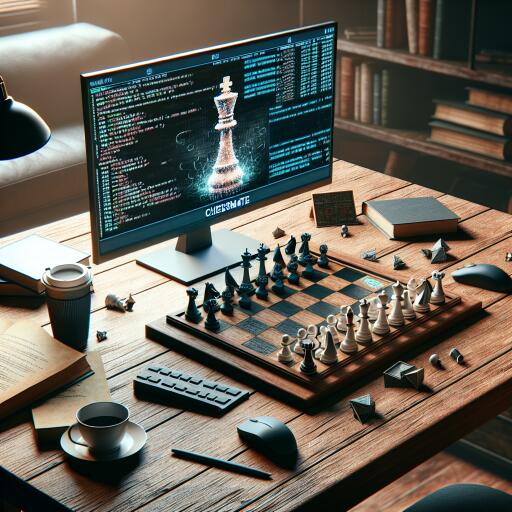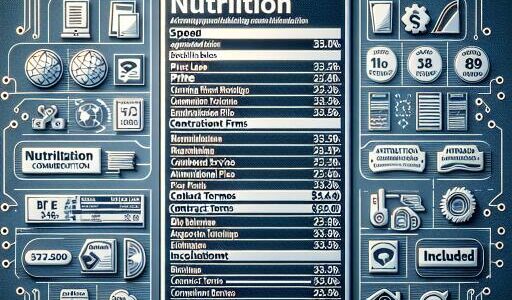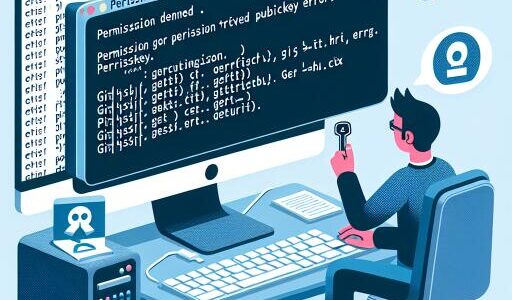A Seamless Transition: Digitizing the Classic CHESSmate Experience
In an age where technology bridges the past and the future, the revival of classic computing marvels through software emulation has become a fascinating journey. Amongst these nostalgic recreations lies a project dedicated to bringing the 1978 Commodore CHESSmate, a dedicated chess computer, back to life, not through hardware, but via a purely software-based approach.
Adopted from a foundation laid by a Python-based emulation of the 6502 processor, which previously played a crucial role in a project named Challenger 4P, the CHESSmate project stands as a testament to the versatility of Python. The decision was swayed by Python’s widespread portability, the programmer’s growing affinity for the language, and the solid reputation of the chosen 6502 emulator.
The leap into software emulation unfolded to be a deeper dive than anticipated. Original hardware emulation involved a direct mapping of the CHESSmate’s interactions with the 6530-0024 RRIOT chip, responsible for managing inputs/outputs such as the 7-Segment displays, buttons, and LEDs, to the ESP-32 I/O lines of the reproduction hardware. Achieving an accurate digital representation required a fresh approach to encapsulate the display, keyboard, and sound without the physical components.
Thanks to an existing SVG file for the CHESSmate interface, the project’s visual component quickly took shape through the utilization of PyGame for the software interface. This facilitated the creation of a dynamic digital membrane, initially as a static background image. The transition from a static to an interactive display required innovative solutions for illuminating the 7-Segment displays and LEDs on-screen.
For the digital 7-Segment displays, the project pivoted from a complex graphical representation to a more streamlined solution utilizing a TrueType font specifically designed to mimic 7-Segment displays, thereby simplifying the emulation of the character displays based on the virtual RRIOT chip’s output.
LED simulation was achieved with simpler means, drawing red circles in designated areas and sizes, simulating the illumination as governed by the software-based RRIOT chip logic.
The software reproduction further extended to the CHESSmate’s keyboard, effectively mapping the coordinates of the virtual buttons and correlating mouse clicks as well as physical keyboard inputs to their respective commands within the emulation, linking digital actions to the original game’s logic.
Recreating the CHESSmate’s auditory feedback proved to be the most labor-intensive segment, necessitating the creation of WAV files for each of the 14 distinct sounds utilized by the original machine. The emulation process for sound involved monitoring virtual pin activities and managing sound playback in a seamless manner that does not interrupt the ongoing emulation process.
This meticulous attention to the nuances of the original CHESSmate experience has resulted in a software version that can be easily accessed and run on modern systems, requiring only Python and PyGame. The aim is to provide an immersive CHESSmate experience without the need to construct any hardware, offering a bridge to the past for enthusiasts and curious minds alike.
As technology continues to evolve, projects like the CHESSmate software emulation serve as a poignant reminder of how far we have come and the timeless appeal of bringing classic experiences into the digital age.










